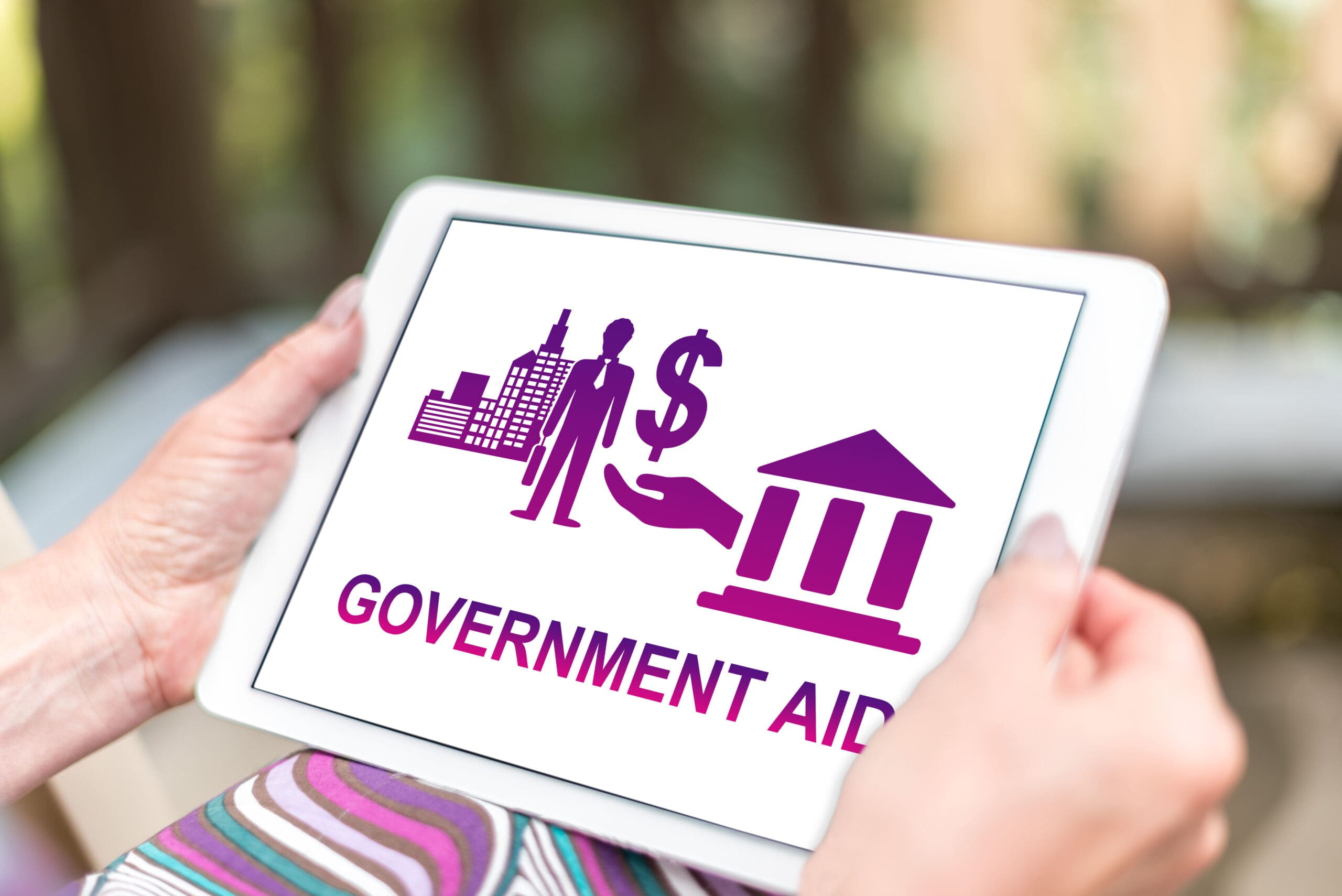The U.S. government offers several welfare programs to low-income families to help them get by. These programs are typically funded by the federal government but administered on a state level.
With the help of these programs, eligible individuals have access to essential needs like food, health insurance, childcare, shelter, and security at a subsidized rate.
This post covers the top 5 Assistance Programs.
Top 5 Government Assistance Programs Open To Low-Income Families
If you’re looking to get assistance from the government, you can start with any of the 5 options explained below.
-
Food Stamps
Food stamps are administered by the U.S. Department of Agriculture (U.S.DA) to different classes of U.S. citizens who, for various reasons, cannot afford to feed well.
The Supplemental Nutrition Assistance Program (SNAP) provides food benefits to low-income families so that they can purchase essential foods for the sake of their well-being.
The government achieves this by giving eligible families benefit cards that serve as debit cards and can be used to buy food and groceries from designated vendors. As of April 2023, the U.S. government supplied 41.9 million people in 22.2 million households with food stamps, which cost an average of $181.72 per person and $343 per household.
In addition to SNAP, there’s the Special Supplemental Food Program for Women, Infants, and Children (WIC). This federal program is available to low-income pregnant women, nursing mothers, and children aged 0 to 5 found to be at nutritional risk. It provides them with supplemental foods, healthcare referrals, and nutritional education.
There are also Child Nutrition Programs that cater specifically to children, providing them with free or subsidized meals and snacks that promote their educational readiness.
-
Housing Assistance
The U.S. government provides housing assistance to low-income families, seniors, and people with disabilities. Eligible persons are given housing vouchers to rent approved units at subsidized rates (usually no more than 30% of their income).
The houses may be owned by the government or by private individuals. In cases where a private individual owns the house, the government offsets the balance of the rent. There’s also an allowance for families to purchase economical homes.
-
Medicaid
Medicaid is a public insurance program that caters to the health needs of low-income individuals and families. Citizens who qualify for Medicaid pay a small fraction, if any at all, of their hospital bills. They’re also privy to more benefits than Medicare provides, e.g., nursing home and personal care services.
This program is administered by the U.S. Department of Health and Human Services through the Centers for Medicaid and Medicare Services (CMS). However, each state runs its own program. Hence, benefits and eligibility requirements vary from state to state.
-
Supplemental Security Income Program (SSI)
The Supplemental Security Income Program (SSI) supplies low-income seniors, disabled adults and kids with a monthly stipend to take care of basic needs such as clothing, food, and shelter. Under this program, an average of 8.4 million Americans receive roughly $536 monthly.
-
Head Start
Head Start is a government initiative eligible for low-income families with children from 0 to 5 years old. Through this program, the U.S. government provides qualified children with health nutrition, parental involvement services, and comprehensive education at subsidized or no cost. They also provide assistance to pregnant women.
Only children from homeless families, families receiving public assistance, and families whose incomes are below the federal poverty guidelines are eligible for this.
Final Thoughts
Although the above-listed programs are available to low-income families, the eligibility requirements and respective benefits may vary depending on the state you’re in.
